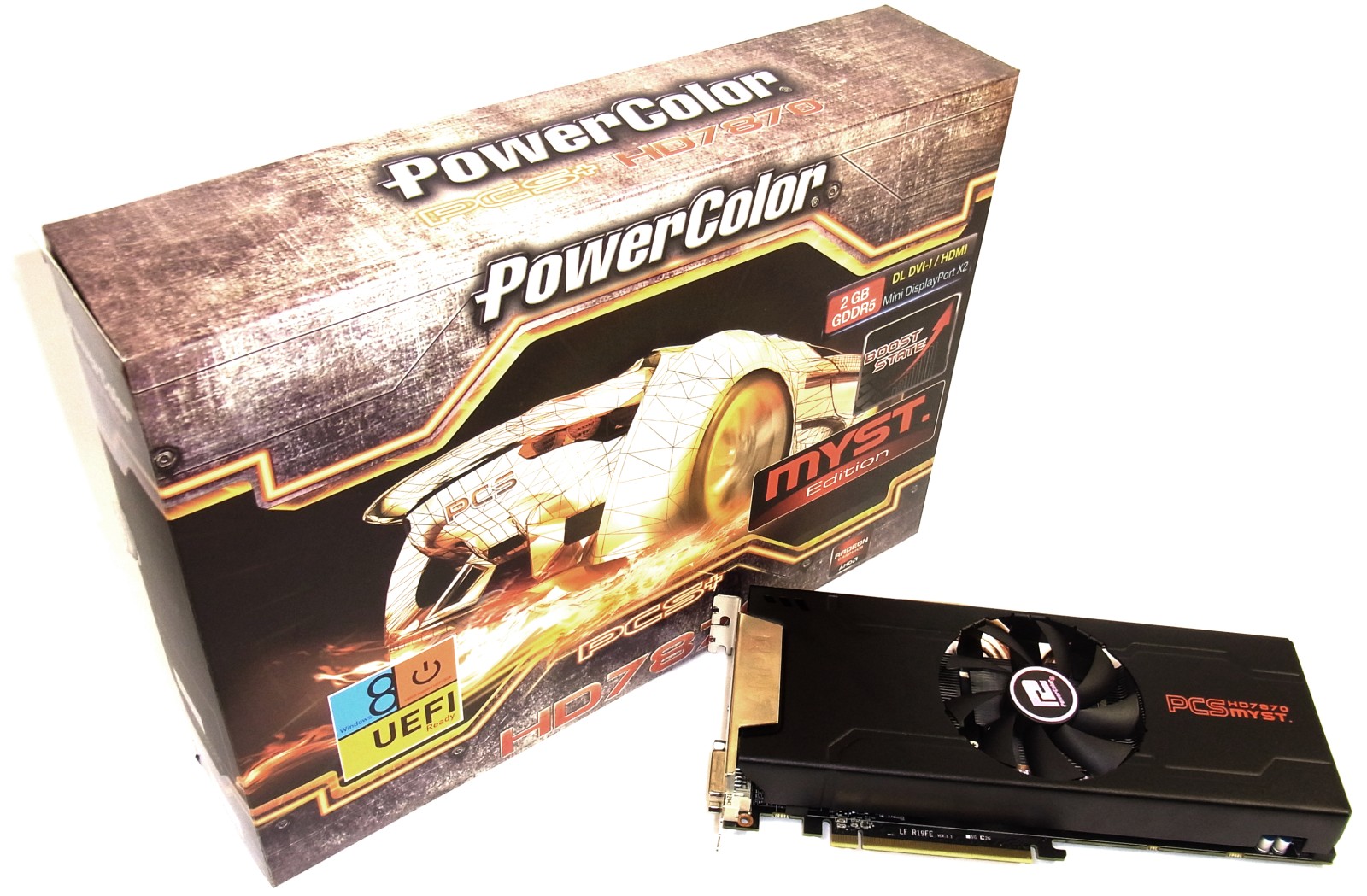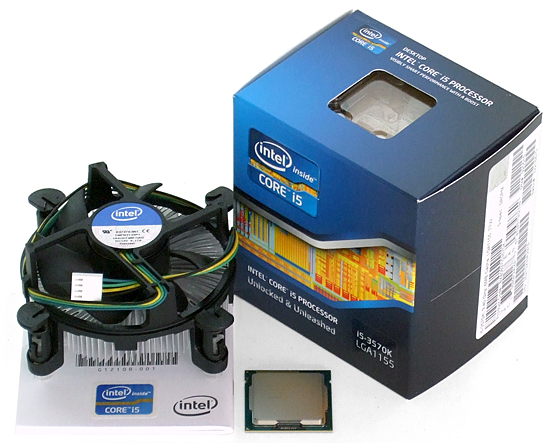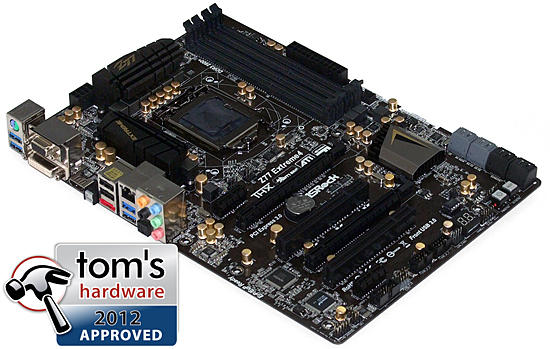System Builder Marathon, Q1 2013: $1,000 Performance PC
Graphics, CPU, And Motherboard
Video Card: PowerColor PCS+ AX7870 Myst Edition
AMD’s Tahiti LE GPU hit the PC gaming scene hard with shocking value from three launch partners, all of which were safe bets in my experience. Somehow, the only model in stock on the day we placed our order from Newegg was the same one we tested for that launch, PowerColor’s PCS+ AX7870 Myst Edition. Clocked at 925 MHz core (975 MHz Boost) and with 2 GB of GDDR5-6000, my only reservation about the recommendation Igor gave the card was PowerColor's relatively brief two-year warranty coverage.
Read Customer Reviews of PowerColor's PCS+ AX7870 Myst Edition
I was also forced to set aside my reservations about axial-flow fans that recirculate exhaust air inside a chassis, since no Tahiti LE-based cards were available with centrifugal coolers. That's probably just as well, though, since I couldn't afford a quiet-enough case to stifle the added noise most of those blower-style designs generate.
CPU: Intel Core i5-3570K
Intel’s Core i5-3570K gives up around 3% of the Core i7-3770K’s clock rate, a little shared L3 cache, and Hyper-Threading in return for around 30% cost savings, making it a clear value play.
Read Customer Reviews of Intel's Core i5-3570K
Lacking the budget for a higher-end Core i7 processor, I'm hoping that most of our benchmarks don't punish me for giving up the ability to schedule to eight threads simultaneously.
Motherboard: ASRock Z77 Extreme4
Weary of the weak voltage regulator found in our previous build, we decided to take a chance with an less expensive board that advertises a few extra voltage phases. Phase count isn’t nearly as important as total amperage capacity, but at this price, we were forced to stick with a known part that'd be good enough or gamble on something that might have worked better (but maybe not).
Read Customer Reviews of ASRock's Z77 Extreme4
We gave ASRock’s Z77 Extreme4 a similar rating as Gigabyte’s Z77X-D3H, though our round-up’s overclocking test was performed at a mere 1.25 V processor voltage setting. The Z77X-D3H later proved itself incapable of supplying stable current at voltage levels beyond 1.25 V, and we were shooting for around 1.28 V when we discovered that problem. We’ll “go there” again today.
Current page: Graphics, CPU, And Motherboard
Prev Page Can $1,000 Buy A High-End PC? Next Page DRAM, Storage, And Optical DriveGet Tom's Hardware's best news and in-depth reviews, straight to your inbox.
-
mayankleoboy1 The only thing i could have tried to change in this build was to get a 64GB SSD , get a 500GB HDD , and if i have any money left, try to get a HD7950.Reply
Otherwise, not much wriggle room here. Nice build! -
Chairman Ray I'm not sure if having an SSD without an HDD is an attractive option for most people. 240GB goes by pretty fast.Reply -
dscudella It's the same PC as the $800 build except they just swapped out the HDD for an SSD. Dissappointing.Reply -
Crashman mayankleoboy1The only thing i could have tried to change in this build was to get a 64GB SSD , get a 500GB HDD , and if i have any money left, try to get a HD7950.Otherwise, not much wriggle room here. Nice build!No point, We Like Our Games To Load Fast!!!Chairman RayI'm not sure if having an SSD without an HDD is an attractive option for most people. 240GB goes by pretty fast.Programs can eat most of a 240GB drive up. In fact, I just shrunk a copy of the test suite, with OS and games, to 132 GB.Reply
Using the drive performance measurement to reflect program load times means loading all the programs on the SSD. And that explains why SSD capacity wasn't sacrificed to make more room in the budget for an HDD.
lightofhonorIt actually plays Skyrim WORSE than the $800 build...Nobody knows why, but the $800 PC did use a newer GPU driver.dscudellaIt's the same PC as the $800 build except they just swapped out the HDD for an SSD. Dissappointing.So it's going to lose the Day 4 Value Roundup, right?
-
mayankleoboy1 dscudellaIt's the same PC as the $800 build except they just swapped out the HDD for an SSD. Dissappointing.Reply
Looking from another perspective, these two builds, with two different builders, with $200 difference, just show(again) how much better price/performance wise are Intel CPU's and AMD GPU's. -
mayankleoboy1 CrashmanNo point, We Like Our Games To Load Fast!!!Reply
I see your point, but I'd rather see slower game loads and better FPS , than faster game loads and lower FPS. And, the OS is accelerated in both cases anyway.







